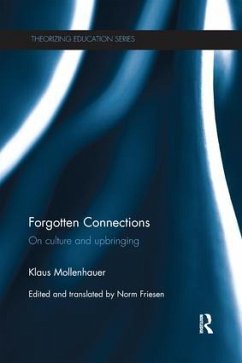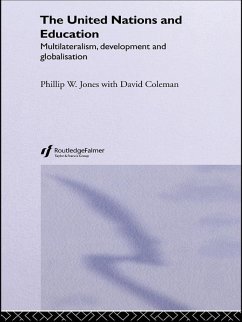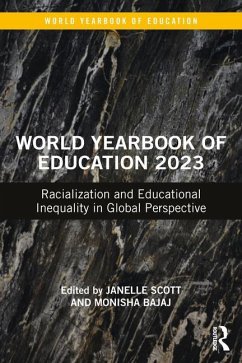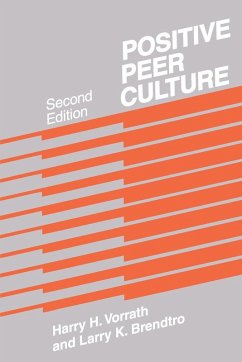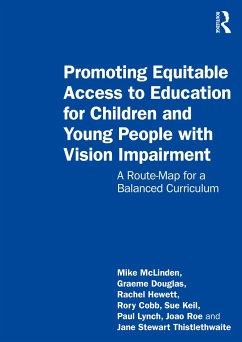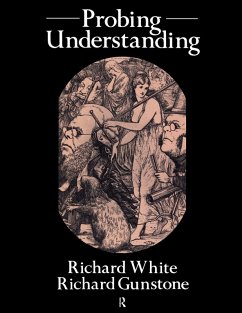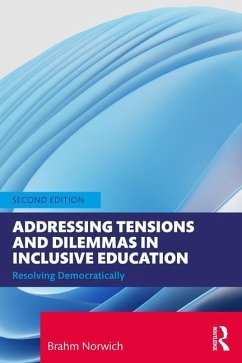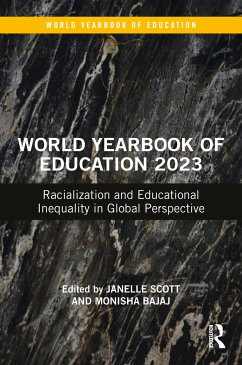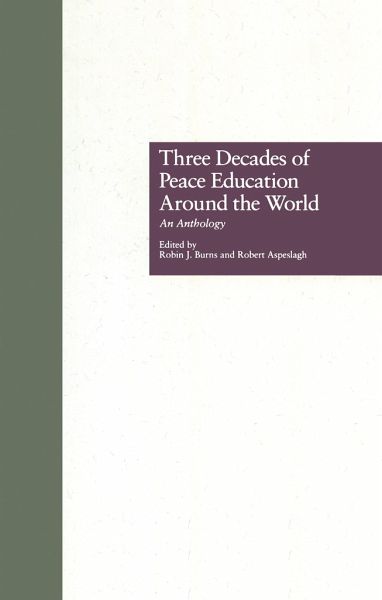
Three Decades of Peace Education around the World
An Anthology
Versandkostenfrei!
Versandfertig in 6-10 Tagen
47,99 €
inkl. MwSt.
Weitere Ausgaben:

PAYBACK Punkte
24 °P sammeln!
First Published in 1996. The current world order poses new challenges to the theory and practice of peace education. Drawing on data gathered from around the world, Burns and Aspeslagh focus on how peace is presented in formal and informal educational settings and what effects ideologies have in shaping that presentation. The book views peace education in the context of education about other major social and political issues and in a variety of geopolitical settings, exploring factors that affect the generation, selection, organization, transmission, and evaluation of knowledge for peace.Follo...
First Published in 1996. The current world order poses new challenges to the theory and practice of peace education. Drawing on data gathered from around the world, Burns and Aspeslagh focus on how peace is presented in formal and informal educational settings and what effects ideologies have in shaping that presentation. The book views peace education in the context of education about other major social and political issues and in a variety of geopolitical settings, exploring factors that affect the generation, selection, organization, transmission, and evaluation of knowledge for peace.
Following a review of major approaches to policy and praxis in peace education, the editors draw on original research to offer interpretations based on pragmatic, normative, and conceptual approaches to the individual, the state, and the role of political literacy. The use of a comparative educational framework that goes beyond curriculum studies and descriptive case studies presents a perspective that is innovative, and timely. The volume includes both bibliography and index.
Following a review of major approaches to policy and praxis in peace education, the editors draw on original research to offer interpretations based on pragmatic, normative, and conceptual approaches to the individual, the state, and the role of political literacy. The use of a comparative educational framework that goes beyond curriculum studies and descriptive case studies presents a perspective that is innovative, and timely. The volume includes both bibliography and index.





